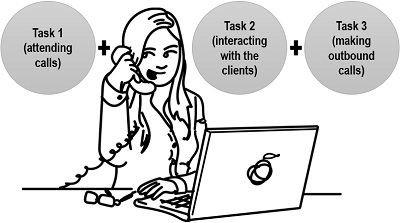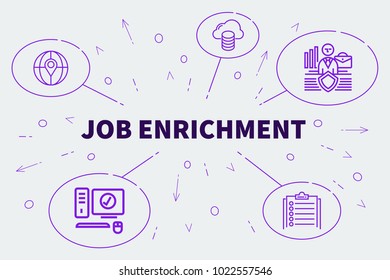Competency Mapping is a procedure of distinguishing key abilities for an association as well as an occupation and fusing those skills all through the different procedures (for example work assessment, preparing, enrollment) of the association. A competency is characterized as a conduct (for example correspondence, initiative) instead of an expertise or capacity.
The means associated with competency planning with an aftereffect of occupation assessment incorporate the accompanying:
1. Lead work examination by requesting that occupants complete a position data survey (PIQ). The PIQ can be given to officeholders to finish, or you can lead one-on-one meetings utilizing the PIQ as a guide. The essential objective is to assemble from officeholders what they feel are the key practices important to play out their separate employments.
2. Utilizing the aftereffects of the activity examination, you are prepared to build up a competency-based expected set of responsibilities. This is created via cautiously examining the contribution from the spoke to gathering of officeholders and changing over it to standard capabilities.
3. With a competency-based set of working responsibilities, you are en route to start planning the abilities all through your HR forms. The skills of the particular set of working responsibilities become your variables for appraisal on the presentation assessment. Utilizing capabilities will help direct you to perform increasingly target assessments dependent on showed or not showed practices.
4. Making the competency planning one stride further, you can utilize the consequences of your assessment to distinguish in what capabilities people need extra turn of events or preparing. This will assist you with concentrating your preparation needs on the objectives of the position and friends and help your workers create toward a definitive accomplishment of the association.






